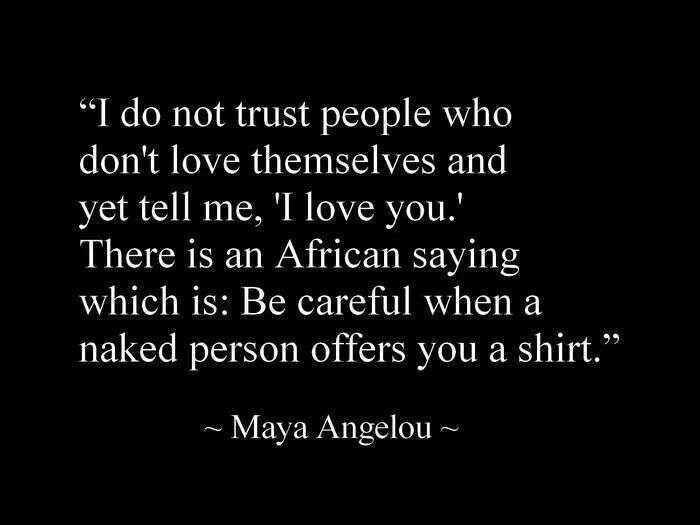“So about how long should it take until I feel better?” “How long do you think I’ll need therapy?” “How many sessions should I expect to attend before my problem is solved?” I have asked all of these questions during time spent on the other side of the couch. I know what it’s like to want concrete answers and expectations met. Everyone wants a sure thing in the face of so much uncertainty.
Therapy is not exactly a sure thing. Surely, it can and does help, but it’s not as simple as basic input of time and results yielded. Results depend on client honesty (with themselves and the therapist), right fit with a therapist, client’s commitment to the work both in and out of the therapy office, and right fit with whatever therapeutic modality is used.
Therapy is almost never a quick fix, but there are quicker-fix type/brief therapeutic modalities available. Whether or not these protocols are right for someone depends on a lot- personality, history, diagnosis, whether or not a person has experienced complex trauma. Even in the best of scenarios, it still requires the practice of skills through time to maintain results.
Under the psychotherapy umbrella, there are five really (really) broad categories we use to organize treatment strategies:
Psychoanalysis and Psychodynamic Therapy:
Makes the unconscious conscious, insight oriented. Emphasis on client-therapist relationship. Brief therapy model (20 session maximum) is not the rule, but is available for single-incident trauma like an attack, rape, catastrophic event, targeting a single life shift.
Examples of Psychodynamic Therapy: Jungian, Dream Work, Attachment-based
Often used for: Increasing self-compassion, improving self-concept, self-actualization, mood disorders, relational problems, trauma, developing insight to identify and manage internal conflict, shifting external locus of control to internal locus of control, couples, families,
*Psychoanalysis: Multiple times per week. The therapist is a blank slate onto which client projects their beliefs and experiences. Relies heavily on free association.
Behavior Therapy:
Focuses on conditioning new behavior. Uses brief therapy model.
Examples: Applied Behavioral Analysis, Aversion Therapy, System Desensitization
Often used for: Phobias, Addiction, Anger issues, Impulse control problems, self-injury
Cognitive Therapy:
Focuses on changing thought pattern. Uses brief therapy model.
Examples: Rational Emotive Behavioral Therapy, Cognitive Behavioral Therapy
Often used for: Phobias, Addiction, Schizophrenia, Bipolar Disorder, Suicidal ideation, Anxiety disorders
Humanistic Therapy:
Focuses on cultivating personal accountability and reaching highest potential. Emphasis on free will. Uses both brief and long-term therapy models.
Examples: Gestalt, Client-Centered, Transpersonal, Solution-Focused, Adlerian
Often used for: Improving self-concept, self-actualization, improving communication with others, cultivating self-awareness, shifting external locus of control to internal locus of control, couples, families, existential crises
Integrative or Holistic Therapy:
Often referred to as “Eclectic Therapy.” (Some practitioners will basically fight to the death in disagreement over whether or not Integrative is also Eclectic.) Uses various modalities depending on what is indicated for each client. One therapeutic modality combines various features of the previous four categories. Uses both brief and long-term therapy models.
Examples: EMDR, Narrative, Cognitive Behavioral, Dialectical Behavior, Internal Family Systems, Gottman Method, Transactional Analysis
Often used for: All of the above
Some people prefer to see the same therapist for various issues they’d like to target while others seek out a different specialist to treat each issue. There’s no right way to do this, just whatever feels like it’s working for the client. Some clients come with an agenda and leave when their goals have been reached. Some stay for a while after because they like having a professional to talk to who’s all about them. Plenty of people try therapy and find it difficult to give themselves over to the process, take a more passive route to treatment, get frustrated and give up. Sometimes this is because traditional psychotherapy is not a good fit for them right now, maybe ever. There are so many other great therapeutic options. Traditional psychotherapy is not the only way to heal or feel better.
I know it’s overwhelming to look for a therapist and decide which kind of therapy would be best for you, especially when you’ve been dealing with a problem for years, and you’ve finally decided to take the plunge and ask for help.
If you describe the issue and a little bit about yourself, many of us will be able to direct you in the right direction. There are plenty of therapists who won’t do this because they are sure that they can handle it regardless of their training and orientation. While I would like to believe that this is mostly the exception rather than the rule, it happens. If you feel too overwhelmed or busy or exhausted to educate yourself on various therapeutic tools and modalities, remember that you can interview multiple therapists at a time to see who feels like the best fit for you. (You can also do this regardless of your stamina to self-educate.) Once you start seeing a therapist, you can audition us. If you’re not feelin’ it for some reason, you can switch. It’s ok not to like your therapist or to like them, but feel like they’re not actually helping you. Therapy is an investment, and you have the right to switch providers at any time for any reason. If you’re feeling like you need to discontinue treatment, I usually recommend addressing this with the therapist; sometimes it just takes a little direct communication to shift things. Even if you don’t plan on continuing your work with the therapist, honest feedback is good for both sides.
If you’d like to talk more about this, please email me or call and I would be happy to answer any questions. This is one of my favorite subjects!
Love and Be Loved,
Natalie









